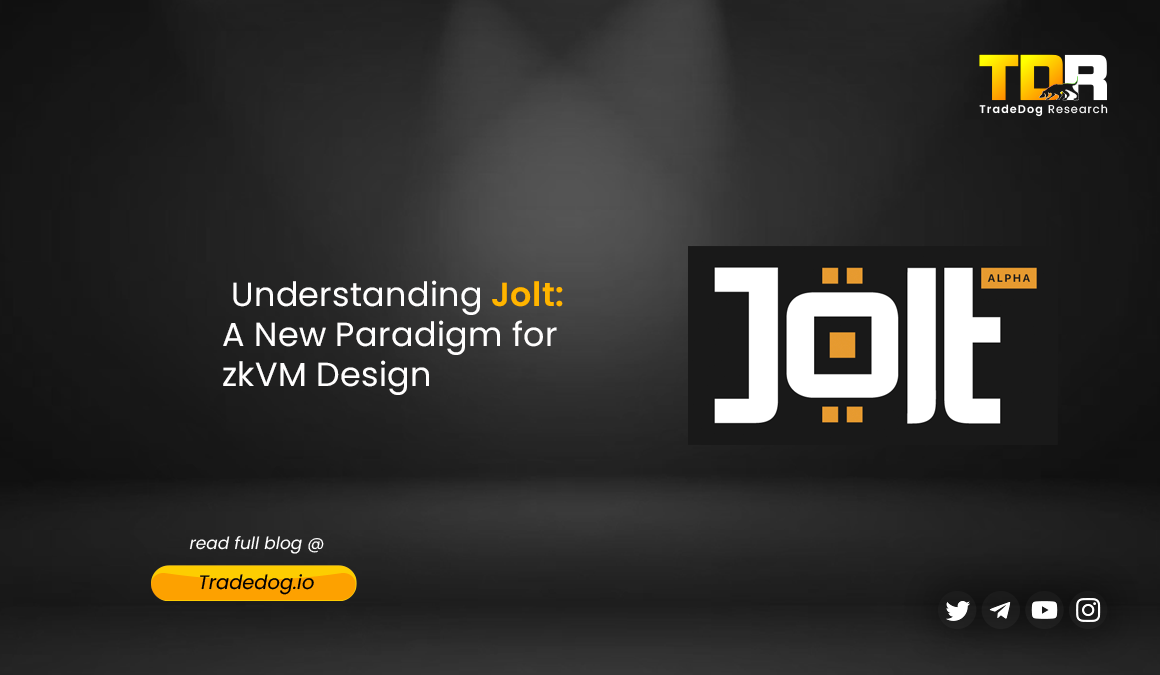Quick Links
In the ever-evolving world of blockchain technology, Silicon Valley’s VC Giant Andreessen Horowitz’s cryptocurrency division, A16z Crypto, has made a significant leap forward with the introduction of Jolt. This zero-knowledge solution harnesses the power of SNARKs to address some of the most pressing scalability challenges facing blockchain networks today. With Jolt, A16z Crypto aims to not only expedite the scaling process but also enhance security for developers, marking an advancement in the pursuit of more efficient and secure blockchain systems.
Understanding Verifiable Computing
Firstly, let’s understand verifiable computing. It is a transformative technology with applications within and beyond the blockchain. It allows a verifier computer to delegate tasks to a more powerful prover computer and efficiently verify that the tasks were completed correctly. Within the crypto sphere, this is applied through SNARKs for ensuring state transition integrity in Layer 2 blockchains, validating cross-chain transactions, and proving off-chain computations over on-chain data to save costs.
Outside the blockchain, verifiable computing has potential in scenarios like cloud computing, where providers could verify computations for clients, software registries could certify the authenticity of binary codes to prevent supply-chain attacks, and even in gaming to validate world records in speed runs.
A significant hurdle has been translating complex programs into a circuit DSL (domain-specific language). zkVMs address this by allowing developers to write in high-level languages without needing to engage with the underlying SNARKs, focusing instead on the program itself. However, zkVMs face challenges with performance, the complexity of SNARKs, and usability due to the necessity of DSLs. The Jolt introduces a new zkVM paradigm that aims to mitigate these issues.
The USP of Jolt lies in its speed and simplicity compared to existing solutions in the zkVMs space. As mentioned by a16z, Jolt is 2x faster than the current SNARK design, with the potential for even further improvements. Additionally, Jolt is described as relatively simple, with the entire codebase comprising fewer than 25,000 lines of Rust. This simplicity makes it easier for developers to understand and work.
Introduction of Jolt
A16z crypto’s research and engineering teams unveiled Jolt, an approach to SNARK design, marking an advancement in the field of verifiable computing. Jolt not only challenges existing zkVM paradigms but also sets a new benchmark in performance.
Jolt addresses limitations of zkVMs by focusing on two key challenges: performance overhead and implementation complexity. Historically, zkVMs have introduced significant performance overhead compared to native execution, often making many applications of verifiable computing impractical. Jolt aims to reduce this overhead by focusing on decreasing computation time. Additionally, Jolt simplifies implementation by leveraging cryptographic techniques like the Lasso lookup argument and other sum check-based methods, making it easier to implement new virtual machine instructions. By addressing these limitations, Jolt offers a more efficient and accessible solution for developers.
To ensure ease of use and accessibility, a16z crypto has developed the Jolt SDK, which simplifies the process of integrating Jolt’s functionalities into applications. Developers can now easily annotate functions for proving with Jolt, streamlining the development process and enabling the creation of more secure and efficient applications. Although Jolt has not been specifically optimized for Ethereum or any other particular blockchain, a16z maintains that its technology can be integrated with zkEVMs and various other ZK applications built on blockchain protocols.
Jolt and Lasso: A Powerful Synergy
At the same time, Jolt and Lasso, both innovations from A16z Crypto, work in sync for blockchain scalability. Lasso, with its rapid prover system for rollups, utilizes a ‘lookup argument’ to efficiently handle complex computations off-chain while maintaining the integrity of on-chain verification. This collaboration is important in advancing the scalability and functionality of blockchain applications, enabling more sophisticated processes to be executed off-chain with verifiable on-chain assurance.
Conclusion
The arrival of Jolt signifies an important moment for blockchain technology and verifiable computing as a whole. With its focus on speed, simplicity, and developer-friendliness, Jolt guides the way for a future filled with more scalable, secure, and efficient applications across Web3. As Jolt continues to evolve and integrate with other innovations like Lasso, we can expect even more exciting developments in the years to come.









